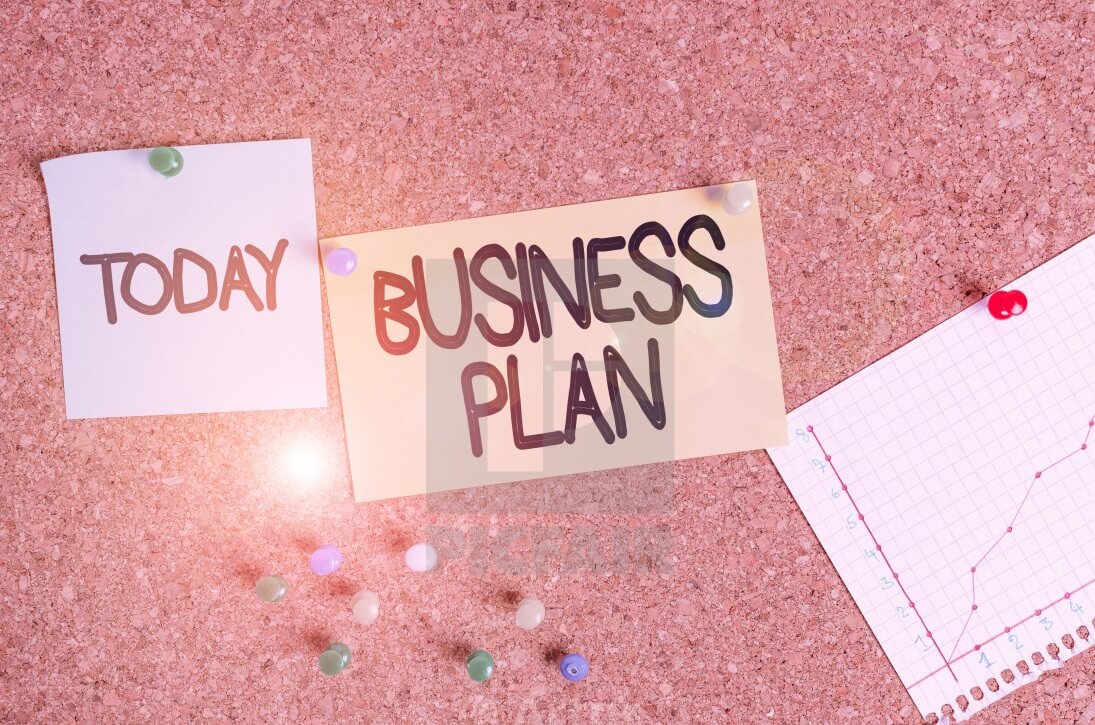Are you looking to buy Concepts and Projections? This article will guide you through the process of making an informed decision. We'll discuss what Concepts and Projections are, as well as how they work. If you're considering buying a new projector for your business or home theater room, this is the place to start!

What is a Conceptual Design?
A conceptual design is a rough or basic representation of an idea in the form of sketches, drawings, and other visuals-there are no set dimensions. Conceptual designs can be created to explore different design solutions for new ideas (determining what shape will work best), as well as existing ones. Designers use various types of media such as pencils and paper, CAD modeling software programs like AutoCAD®, Illustrator® or SketchUp®, physical models made out of wood or foam board, clay sculptures, digital images captured from computer-generated animations or videos that demonstrate how something might look when it moves through space. With all these tools at hand designers often combine several methods into one final product: they sketch on paper but build.
Projections
Even before the advent of computer-aided design, architects used to use what are called "working drawings" or architectural blueprints. These were hand-drawn and highlighted by a technique known as underlying—drawing on tracing paper laid over the plan in order to transfer it onto drafting film that could be reproduced at various scales. The blueprint is typically considered an essential part of any building construction project because all contractors need them for pricing out their work, ordering materials, scheduling Jobsite activities, and more. Construction managers also rely heavily on these plans when coordinating different teams during complex projects such as mixed-use developments with multiple buildings.
Benefits of a Conceptual Design
* This is a useful exercise for the designer to better understand his or her client's needs and wants.
* The design process can be used as an opportunity to explore different ideas, which may lead to conceptual breakthroughs that will produce innovative solutions in the final product.
* It might cause designers not only to come up with new ways of looking at commonly encountered problems but also teach them how best to cope with those problems when they arise later on during production.
Considerations for Conceptual Designs
The number of conceptual designs which can be generated during the decision-making process is limited only by imagination. There are, however, some important factors that should be taken into consideration when producing a design for evaluation or presentation purposes: the time it will take to produce multiple concepts; adding too many details at this stage may lead to confusion and result in irrelevant information being lost.
The Process of a Conceptual Design
This section is about the process of a conceptual design. The designer can use any number of tools to produce their concept, including paper and pencils, CAD (Computer-Aided Design), or computer modeling programs; they may also take photographs from which to reproduce parts of an object. Initially steps should be taken in order for successful reproduction by showing dimensions and viewing angles. This allows the viewer to better understand how things will look when duplicated with other items that would eventually make up the final product.
How to Use the Information from this Blog Post in Your Own Projects
The use of product reviews and tips about how to choose the right items for your project will help you make smarter decisions. If you are in need of a specific angle or measurement, don't be afraid to get creative with taking pictures- it is possible! Try using different angles than what was shown on the original object as well as going off standard measurements (such as feet instead of inches). Using software such as SketchUp can also give a more accurate representation where dimensions might not exist.

